All About That Base



Wing Commander II: Vengeance of the Kilrathi opens with Blair being reduced in rank and assigned to a backwater Star Base called Caernaven Station in the Gwynedd System. Ever wonder what the inspiration for the base itself was? Director Siobhan Beeman tweeted: "The Confed starbases in WC2 were inspired by two things: the Cylon basestars from the original BSG, and Starfleet Headquarters from the old "Starfleet Technical Manual" from Franz Joseph Designs." We thought it would be fun to look at both Wing Commander II's Star Base AND the history of the two classic science fiction designs that inspired it.
Star Base - Wing Commander
The Confederation Star Base is a massive space station outpost seen in a number of different places in and around the Enigma Sector. The base is 1,200 meters wide, masses 230,000 tonnes and carries four flak guns and a full complement of fighters. A script document reproduced in the Wing Commander I & II Ultimate Strategy Guide claims that "Bluehair and Shadow are two out of only six pilots on the station. The station (called Caernarvon) is referred to disparagingly as a pre-fab communications platform." though the Kilrathi Saga manual later establishes that such a station's full capacity is 400 fighters. In early drafts of Wing Commander II's story, Caernaven is an ISS police carrier named the SIR ROBERT PEEL.
The original 3D model for the station has survived and so it is possible to examine higher resolution images than those included in the game… which is great news for anyone wanting to compare to the design to the inspirations discussed below! Note that the Sprite Sheet for the Star Base has fewer angles included because of its round, symmetrical nature. If you would like to explore the original 3DS model you can download it here.
Little is established about the history or function of the Star Base beyond Blair's assignment to Caernavon in 2656 although Victory Streak features an unusual reference to the same base's history of unsuccessful scientific research in the form of an angry letter to the editor and response which refers to an unseen article about the station published in an earlier iteration of the Victory's onboard magazine (reproduced verbatim, though the dates are almost certainly in error and should refer to the 27th century instead of the 21st):
DEAR ECS,
You’ve got to have cat-dung for brains if you think that anyone would believe that trash you wrote about Caernavon Station last week! You seem to think that because it was not designed as a military research installation, nothing that came out of it was worthwhile. You couldn’t be more wrong. My father spent his life trying to further the war effort there.
We didn’t know how the war was going to turn out in those years. No, they didn’t get any direct results from their weapons research. However, the advanced Kaplein Visual Radar Enhancement System that daily saves the lives of countless pilots was based on Caernavon studies. Capital ship waste hydro-recycling is another benefit. I would go on, but I would hate to take up your time when you obviously have so much background verification to catch up on!
dschrueders@victory.libr
We would give you our apologies, Lt. Schrueders, but we find nothing non-factual about the writeup on Caernavon Station. Having spent a year’s tour of duty there, we know all about the research that went on. Your father made many contributions in his time, including the Kaplein VRES system AND the hydro-recycling units.
But, did you know that for every successful project, at least five failed? Take in these stats – in 2058, the station spent 4.3 billion on vacuum fusion research. In 2060, they wasted almost the same amount on biological research – Meta-Analysis of Synapse Replacement, and the Incidence of Myocardial Infraction among Pre-Geriatic War Veterans. The total bill? It ran close to ©10 billion, enough to outfit an entire fleet and crew. So, Lieutenant, perhaps you ought to do some fact-checking for yourself.
IOH editorial opinion, we need to concentrate on making our young pilots better now, instead of waiting until they’re old ...
The Star Base artwork is used for several different stations across Vengeance of the Kilrathi and its expansions including Caernaven, Heaven's Gate, Olympus, Pembroke and Akko. Heaven's Gate is the captured starbase that Spirit sacrifices herself to destroy, Olympus is the base constructed to defend Ghorah Khar, Pembroke is the base from Special Operations 1 which protects the border between Enigma, Vega and Deneb sectors and Akko is the base Blair is enjoying leave aboard at the start of Special Operations 2. Wing Commander Academy reuses the Star Base model for its own installation, Candar Space Station. While the Space Station is visually identical it is intended to be much smaller and less powerful. Candar is only 400 meters wide, masses 600 tonnes, lacks phase shields and defends itself with only two flak guns.
Since the player can fly off of both Caernaven and Olympus at various points in the games, there is imagery of several portions of the interior including the barracks, the flight deck, the communication room and an office. The barracks, seen as a gameflow menu, are a green variant of the Concordia's blue and the commo room is identical to that which appears on Concordia. Based on the starfields in the background, the flight deck conversations and takeoffs occur in the smaller ring at the bottom of the station. The office, used in Special Operations 1, is reused from the ground base created for Wing Commander II. The 3D files for two of these rooms have survived and can be downloaded from the CIC: the hangar deck and the comm room.
Barracks
Commo Room
Flight Deck
Office
An early trailer for Wing Commander II shows two slightly different interior shots including a Ferret-free landing bay (part of a scene of a Rapier landing on a starbase that is not used in the final game) and an unusual angle of Blair speaking in the comm room.
Fleet Headquarters - Star Trek
In the 1960s, Franz Joseph was a draftsman in the aerospace industry whose daughter introduced him to the Star Trek fandom. He began using his professional skills to develop blueprints of the various props and spaceship models that would appear on the show. He eventually developed the "Booklet of General Plans", a set of detailed blueprints of the original USS Enterprise that received the notice of Gene Roddenberry and resulted in his being asked to develop official material for publication. His blueprints became a best seller and they were soon followed by the famed Star Trek Star Fleet Technical Manual which greatly expanded upon on-screen material by imagining different starships, insignias, tools and more that might inhabit the 23rd century. The unexpected success of these projects would help convince Paramount to fund an updated Star Trek TV project which eventually became Star Trek: The Motion Picture.
One such addition to the Star Trek universe created for the Technical Manual was the Fleet Headquarters, created in a set of diagrams that showed an enormous inhabited space station that housed everything from Star Fleet Academy to drydocks for some two-dozen Federation starships. Over the course of seven pages, Joseph provided both the external schematics and cutaway deck plans outlining the stations' interior. The inspiration on Wing Commander II's Star Base is apparent in the first drawing. The Fleet Headquarters lacks the lower flight deck but is otherwise nearly identical to the design development by Origin's artists.
While Joseph's Fleet Headquarters never appeared on screen (seemingly replaced with the unusual choice of San Francisco as the fleet's main base), his work was a massive influence to both Star Trek fandom and official productions. The Technical Manual heavily inspired other expansions of the Star Trek world such as FASA's 1980s Star Trek RPG and the Star Fleet Battles tabletop game and some of his line drawings even went on to appear on background monitors in several original series Star Trek films.
In recent years, Star Trek artists have taken to including the Fleet Headquarters in their published pieces. See if you can locate it in these two images!
Cylon Basestar - Battlestar Galactica
Battlestar Galactica was a television series developed by Glen A. Larson in the late 1970s for ABC following the incredible success of Star Wars. The series spared no expense in terms of its initial production, hiring Star Wars' production designer Ralph McQuarrie to develop its spacecraft designs (including the Basestar) and creating a lavishly detailed world of science fiction sets and props. As a result, the pilot telefilm, Saga of a Star World, was the most expensive ever produced to that point.
The Basestar is the series' equivalent to the Imperial Star Destroyer, a massive enemy carrier ship capable of launching hundreds of space fighters. The Basestar is introduced in the pilot and the design continues to appear throughout the original series as the Cylon fleet hunts down the Galactica and the humans who have survived their surprise attack. Apogee Incorporated built a single 38 inch Basestar filming model for the series which was wired with fiber optic lighting and featured five landing bays (with one detailed for close up shots). While less directly similar than the Star Fleet Headquarters, the Basestar's influence on the Star Base (and especially its landing bay arrangement) is immediately apparent.
Encyclopedia Galactica, a contemporary technical manual for the series, explains more of the shi's history and functionality:
Battlestar Galactica aired for a single season and was followed by a retooled series, Galactica 1980, which proved to be far less popular. The series was revived in 2003 by Star Trek veteran Ronald D. Moore with a rebooted version that was extremely successful. The reboot series redesigned the Basestar but also used the original design as part of its deeper lore. Classic Basestars appeared in the series' pilot miniseries as part of a museum exhibit on a prior Cylon war and the design went on to appear in multiple prequel spinoff series.
In a small coincidence, Warthog, the studio that developed Privateer 2: The Darkening and StarLancer, would follow those projects with a 2003 Battlestar Galactica space game for the Xbox and PlayStation 2. The game uses the classic series' ship designs to tell a prequel story for the new continuity. Battlestar Galactica's newfound popularity in the 21st century has also expanded awareness of the original. In recent years, Revell has produced a plastic model kit of the original Basestar and Eaglemoss sells a die-cast desktop version.


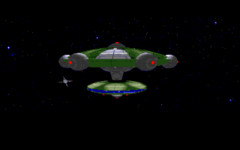
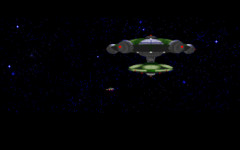
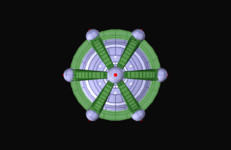
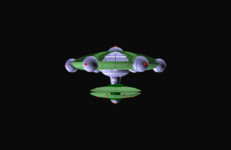
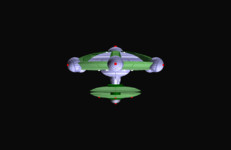
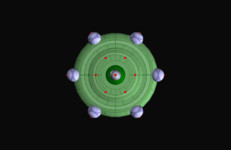



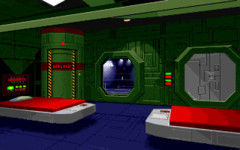
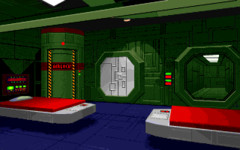
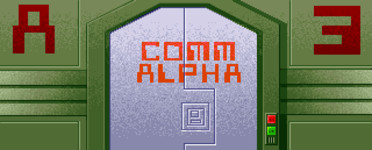
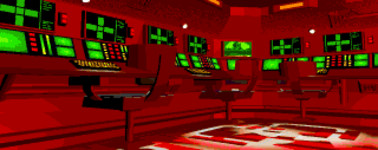
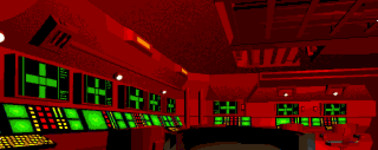
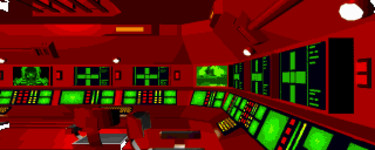



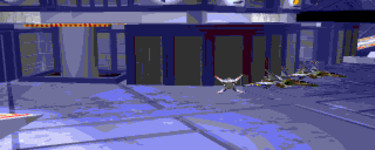
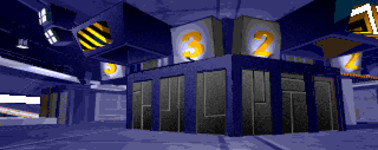

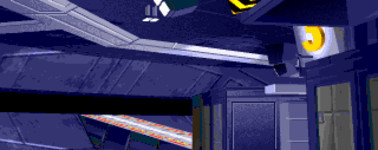
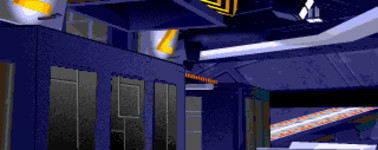
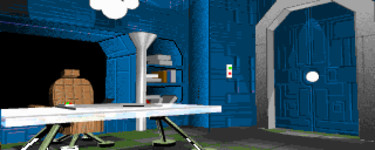

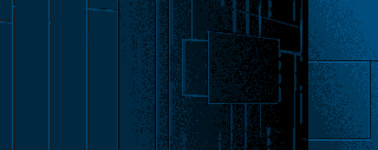
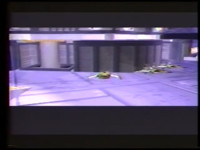
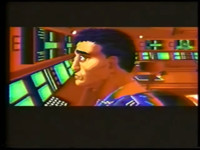

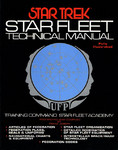
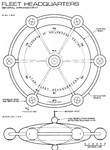
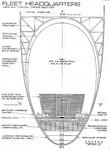
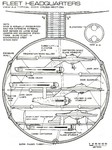
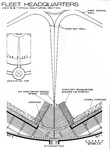

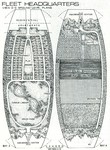
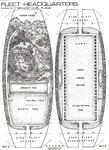




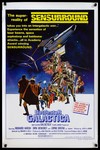

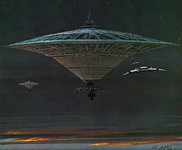
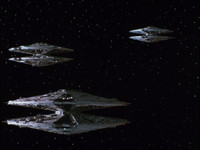
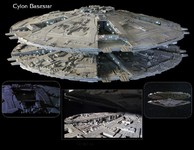
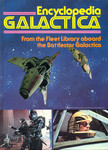
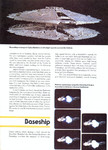
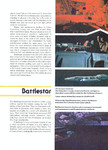

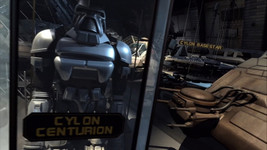
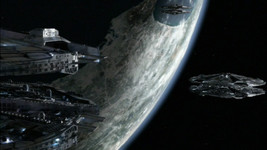
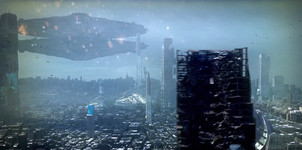
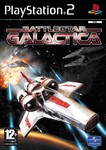
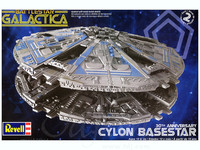
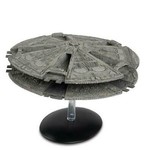

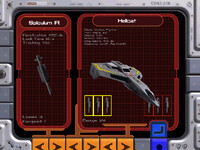

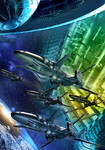
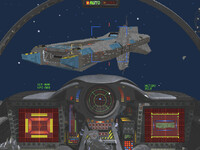
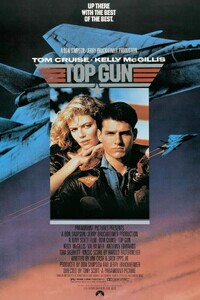
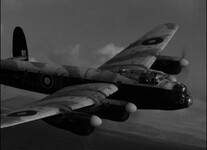
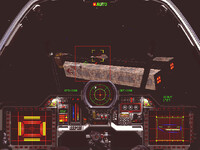


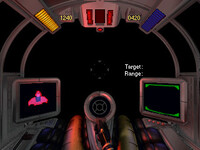

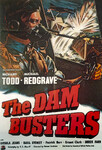
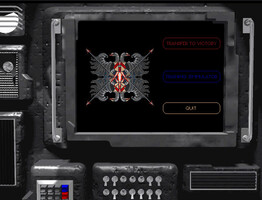
Follow or Contact Us